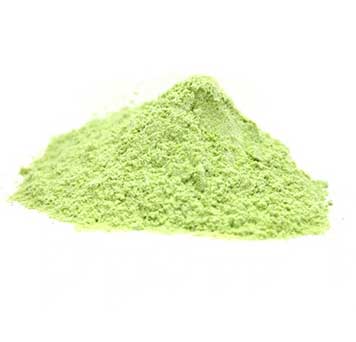
Exploring the Role of Gums as Food Additives in Modern Cuisine and Nutrition
The Role of Gum in Food Additives An In-Depth Look
Food additives play a crucial role in enhancing the flavor, texture, and shelf life of various food products. Among these additives, gums are widely used for their unique properties and functionalities. Gums, which are polysaccharides derived from natural sources, contribute significantly to the food industry, improving the overall quality of numerous food items.
Gums come from various sources, including plants, seaweed, and microorganisms. Some of the most commonly used gums in food processing include xanthan gum, guar gum, locust bean gum, and carrageenan. Each of these gums possesses distinct characteristics that make them suitable for specific applications in the food industry.
The Role of Gum in Food Additives An In-Depth Look
In addition to thickening, gums also act as stabilizers in emulsions, preventing the separation of oil and water phases. This is particularly important in products like mayonnaise and certain dairy products, where the consistency and mouthfeel must be consistent throughout. Gums help maintain the integrity of these emulsions, ensuring that consumers enjoy a uniform product every time.
food additive gum

Another significant role of gums is their ability to form gels. Gels are essential in various food products, including jelly, desserts, and gummy candies. Agar-agar, derived from seaweed, is a popular gelling agent that not only provides a smooth texture but also offers a vegetarian alternative to gelatin. The use of gums in gel formation allows for creative culinary applications, enabling food manufacturers to explore innovative textures and presentations.
Furthermore, gums can enhance the mouthfeel of products. In low-fat or reduced-calorie foods, where fat is often replaced with water, gums provide a creamier texture that mimics the richness associated with higher-fat items. This functional property is especially important in yogurts, ice creams, and dairy alternatives, where consumer satisfaction hinges on the sensory attributes of the product.
It is essential to note that while gums offer numerous benefits, their use must be carefully regulated. Some individuals may experience gastrointestinal discomfort when consuming large quantities of certain gums, leading to concerns about their safety in food products. However, when used in moderation, gums can be a valuable asset in food formulation, contributing to better product quality and consumer appeal.
In conclusion, gums are a vital category of food additives that serve multiple purposes in the food industry. From thickening and stabilizing to gelling and enhancing texture, their versatility makes them indispensable for food manufacturers. As the demand for healthier food options grows, the role of gums in achieving desirable textures and flavors while accommodating dietary restrictions will continue to expand, proving their significance in modern food science.
-
Buy High-Quality Trichloroisocyanuric Acid for Sale | TCCA 90% SupplierNewsAug.30,2025
-
Pure Sodium Dichloroisocyanurate Dihydrate | Powerful DisinfectantNewsAug.29,2025
-
Industrial Chemicals: Quality & Purity for Every IndustryNewsAug.28,2025
-
Nitrile Rubber Honoring Strict Production StandardsNewsAug.22,2025
-
Aspartame Ingredients Honoring Food Safety ValuesNewsAug.22,2025
-
Fertilizer for Balanced Plant NutritionNewsAug.22,2025
-
Cyanide Gold Processing with High Purity AdditivesNewsAug.22,2025
Hebei Tenger Chemical Technology Co., Ltd. focuses on the chemical industry and is committed to the export service of chemical raw materials.
-

view more DiethanolisopropanolamineIn the ever-growing field of chemical solutions, diethanolisopropanolamine (DEIPA) stands out as a versatile and important compound. Due to its unique chemical structure and properties, DEIPA is of interest to various industries including construction, personal care, and agriculture. -

view more TriisopropanolamineTriisopropanolamine (TIPA) alkanol amine substance, is a kind of alcohol amine compound with amino and alcohol hydroxyl, and because of its molecules contains both amino and hydroxyl. -

view more Tetramethyl Thiuram DisulfideTetramethyl thiuram disulfide, also known as TMTD, is a white to light-yellow powder with a distinct sulfur-like odor. It is soluble in organic solvents such as benzene, acetone, and ethyl acetate, making it highly versatile for use in different formulations. TMTD is known for its excellent vulcanization acceleration properties, which makes it a key ingredient in the production of rubber products. Additionally, it acts as an effective fungicide and bactericide, making it valuable in agricultural applications. Its high purity and stability ensure consistent performance, making it a preferred choice for manufacturers across various industries.





